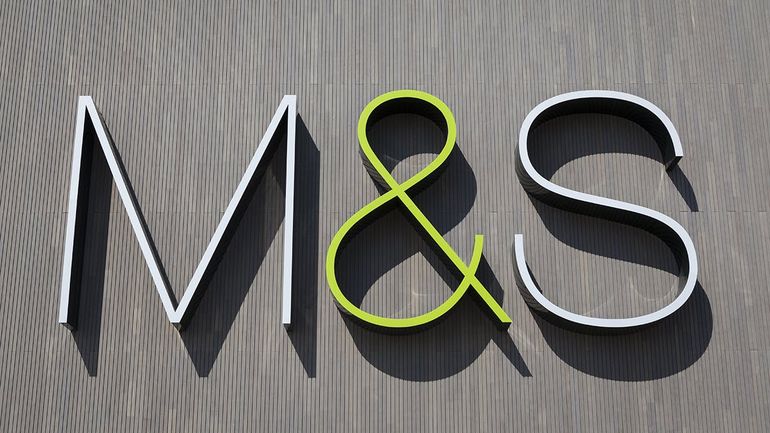
M&S Embraces Transparent Pricing Strategy to Enhance Value Perception

Discover how M&S thrived by adopting a transparent pricing approach, reducing promotional tactics, and amplifying style, value, and quality appeal to consumers.
M&S
Marks & Spencer says to be the most trusted retailer it must avoid “tricksy” pricing and continue its “first price, right price” strategy.
In the last year, the retailer has put £60m into lowering food prices and has managed to keep clothing and home prices stable, as stated by M&S CEO Stuart Machin.
Machin shared with the media on 22 May that the company plans to continue this approach for the next year. They will also continue to restrict promotions and avoid offering discounts to members of their loyalty program, Sparks.
"We believe in transparent pricing, so we won't be offering Sparks prices. Instead, our goal is to provide the best prices for top-quality products every day," he explained.
"We don't believe in giving special prices only to Sparks customers. We strive to be a trusted retailer by offering fair prices to everyone."
Driving value perception
For the year ended 30 March, clothing and home sales increased by 5.2% to £402.8m, while food sales were up 13% to £395.3m.
Profit before tax and adjusting items saw a significant increase of 58% year-on-year, rising from £453.3m to £716.4m.
During the last year, 80% of sales were made at full price, according to Machin. This strategy was successful in enhancing the perception of value. He also pointed out that the retailer's focus on style and quality led to growth in both volume and value, surpassing the market and resonating well with customers.
"Enhancing our style has helped us attract more customers," he said.
Two years ago, M&S started its ‘Reshape for Growth’ strategy. Increasing perceptions of style, value, and quality has been a main goal for the company lately. Last year, the brand even partnered with actress Sienna Miller to represent its womenswear collection in line with this mission.
M&S saw significant growth in its lingerie business, achieving a “record-breaking” 38% share. The CEO highlighted that 30% of the lingerie customers are under 30 years old, which is double compared to last year.
Overall, M&S served 1 million more customers compared to the previous year.
He mentioned that customer growth market share includes all demographics and age groups. The company has a wide range of customers.
Machin highlighted the growing significance of loyalty and personalization. However, he admitted that the retailer has been slow in adapting to these changes and is now trying to catch up.
"We have a clear understanding of our priorities," he mentioned. "We aim to enhance customer personalisation through data, improve the online and app experience, and modernise our core technology infrastructure."
Last October, Anna Braithwaite, M&S's head of brand and marketing, shared with Our Website: "When you're a brand looking to shift perceptions and attract new customers, simply targeting your current customers with personalized data is not enough."
She believed that the competitive advantage for retailers comes not from personalization alone, but from how well they integrate this technology with all other marketing efforts.
In the upcoming year, Machin mentioned that the company is focused on expanding and increasing its business.
“We remain laser-focused on executing the plan we have in place and ruthlessly challenging on the areas that we need to grow faster on,” he said.
Editor's P/S:
Marks & Spencer's commitment to transparent pricing and customer trust is commendable. By avoiding "tricksy" pricing strategies and offering fair prices for high-quality products, M&S aims to establish itself as a reliable retailer. This approach has proven successful, with 80% of sales being made at full price. The focus on style and quality has also resonated with customers, leading to growth in both volume and value.
M&S's emphasis on loyalty and personalization is crucial in today's competitive market. While the company acknowledges its delay in adapting to these trends, it is actively working to catch up. Integrating personalization with other marketing efforts is essential for retailers to gain a competitive edge. M&S's plans for expansion and growth indicate its determination to remain a leading player in the retail industry.













